
Skeletons
Skeletons
Vertebrate bones are well represented in the fossil record. This section takes a closer look at forms of skeletons.
Learning Objective: Diagram the common bones shared by vertebrates, including the significance of homologous structures in determining species relatedness.
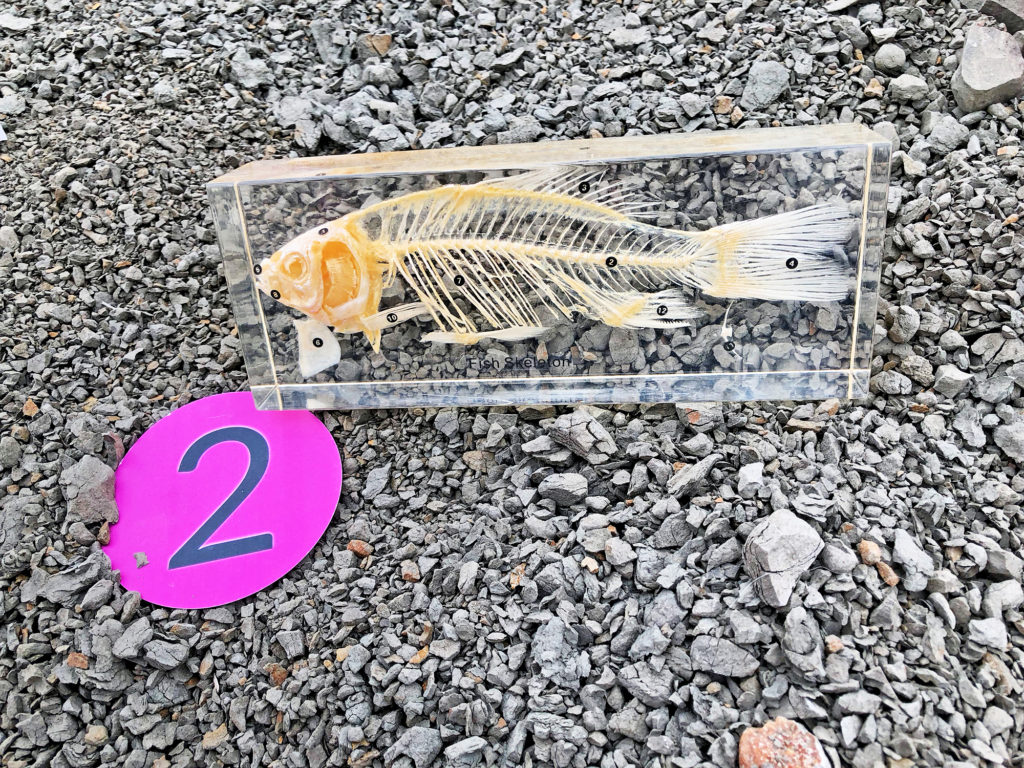
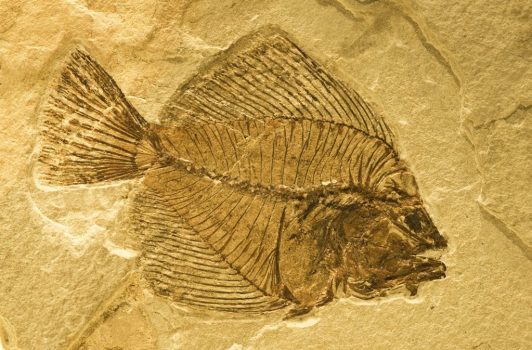
Vertebrate skeletons are made up of either cartilage in some fish species or bone in other fish species and the rest of the vertebrates. Bone fossilizes readily, minerals infuse the bone, which itself is already largely mineral in content.
Mammals, birds, and living reptiles are descendants of ancestral reptiles, those reptiles were descendants of early amphibians, and those amphibians were descendants of even earlier fish. Since genes were being passed on in each generation, we would predict there would be similarities in fossilized bones.
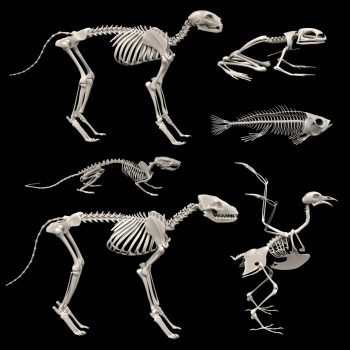
Bones of similar ancestral origin may have different shapes and sizes, but they are still recognizably related. These homologies, or similar structures, are a form of morphological data used to construct evolutionary trees.
Watch this video; you can select the closed captioning “cc” option if you would like to see the text.
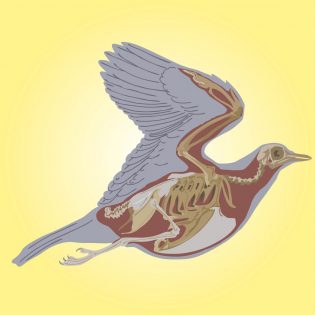
Some bones are unique to particular taxa (groups) of vertebrates. Birds have a furcula, also called the “wishbone,” which is a fusion of the clavicle bones. This strengthens the chest and was an evolutionary step necessary for avian flight.
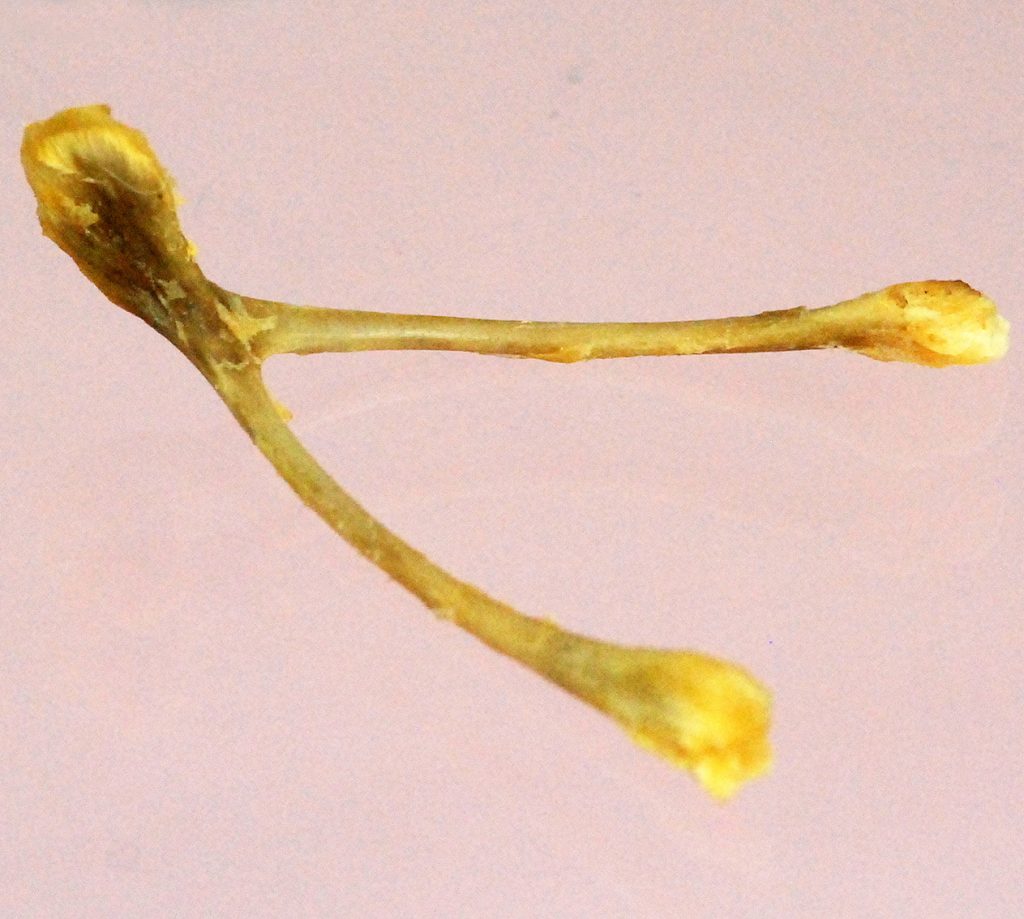
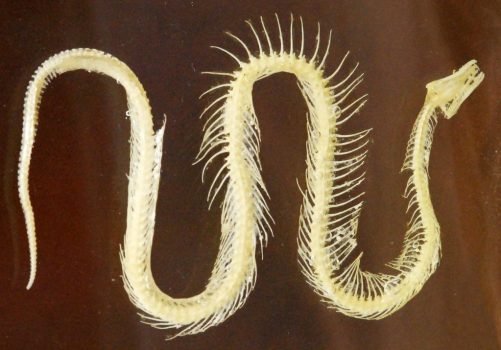
Other animals feature amplification of skeletal features, like the repetitive vertebral bones running the length of snake species. The bones serve a similar purpose, protecting nerves. Following Darwin’s clarification of the laws of evolution, the skeletons of vertebrates on Earth today show descent with modification from ancestral species.
Sometimes a fossil is found in deep rock strata that looks amazingly similar to a species alive on Earth today. The next section focuses on these “living fossils.”











